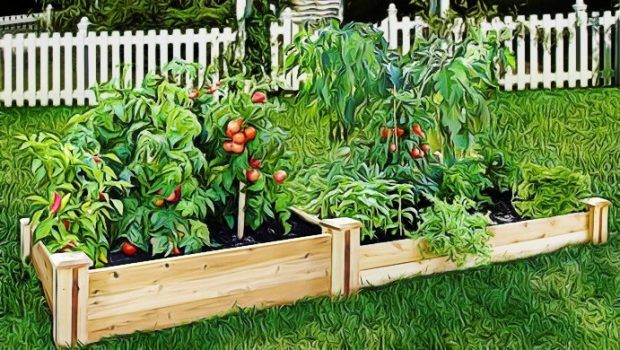
The majority of successful gardens have foundation plants, shrubs, trees and shrubs, along with annuals, perennials, and vines. Discover how to plan a garden with basic tips following and refer some tricks for vegetable gardening to get more knowledge about gardening.
I. How To Plan A Garden – Basic Rules Of Planning A Garden
1. Plan The Foundation Plantings
 In fact, foundation plantings, including those small trees as well as shrubs which are planted around your house’s perimeter, can soften the straight lines of the building. Also, they can help ease the normal transition from your house to the lawn and flower bed. Thus, it is better for you to choose the trees plus with shrubs which look good during the whole year and will not grow too much large.
In fact, foundation plantings, including those small trees as well as shrubs which are planted around your house’s perimeter, can soften the straight lines of the building. Also, they can help ease the normal transition from your house to the lawn and flower bed. Thus, it is better for you to choose the trees plus with shrubs which look good during the whole year and will not grow too much large.
buy ivermectin online pridedentaloffice.com/wp-content/languages/new/ivermectin.html no prescription
Just place them in order to prevent them from growing into your house or damaging the foundation with the roots or blocking your house’s entrances and windows once they are mature. If you are living in an area with cold weather, then choose evergreen as they can work well in cold climates. They can keep their foliage and also color all year time. Just several yews grown in one row and a tall evergreen on the corner of your house can be a wonderful yet timeless arrangement.
2. Planning The Trees
Before going to the nursery, you should consider your wants in a tree, like width, height, form, bark texture, color, fruit or berries, flowers, when the tree drops leaves, disease problems, seasonal color, suitability to the climate, how much shade it is going to create when mature, soil, sun, and water demands. For instance, a crabapple owns gorgeous blossoms, yet if you do not choose a sterile variety, it might manufacture a lot of little fruits that could little drives and walks. You can make use of evergreens as they are good for spots which need green year round while deciduous trees can change their look every season and offer nice flowers, leaves and fruit.
See: tips for taking care of your home garden.
3. Plan You Shrubs
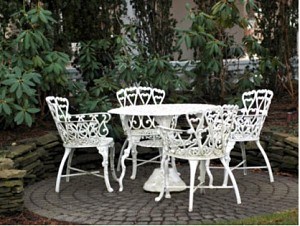 All gardens made with shrubs along with shrub borders are considered as low-maintenance alternatives to flower borders. As opting for a shrub, you should look for other features in addition to size, including flower or berries, leaf form, bloom time, seasonal color of leaves, needs for sun, water, and soil, and also pruning demands.
All gardens made with shrubs along with shrub borders are considered as low-maintenance alternatives to flower borders. As opting for a shrub, you should look for other features in addition to size, including flower or berries, leaf form, bloom time, seasonal color of leaves, needs for sun, water, and soil, and also pruning demands.
buy albuterol online https://drugeriemarket.co.uk/wp-content/languages/new/britain/albuterol.html no prescription
Similar to trees, shrubs are mainly classified as either deciduous or evergreen. They could fill a landscape with flowers, greenery, fragrance, form, and color in a manner that might belie their size.
4. Plan The Ground Covers
The ground covers often require less maintenance than a lawn, so use these plants in areas which get little traffic. Most spreading, low-growing plant could be used for ground cover. The more vigorously and thicker a ground cover grows, the less watering and other care it will require. As opting for the ground cover, you should consider spread and height; thickness of growth habit, the color of foliage throughout a year; soil, sun, and water demands; disease resistance. Also, you had better whether the ground covers can coexist well with other plants. Some kinds of the ground cover are vigorous and they often choke out such weak plants. If you are considering what types of ground cover you should choose, then just go for hedera, ajuga, hosta, pachysandra, vinca, and spreading juniper.
While gardening, you might suffer from back pain, then refer some tips to eradicate back pain instantly and home exercises for chronic back pain with useful guides in our website now.
5. Plan The Annuals And Perennials
 When it comes to tips on how to plan a garden, it is necessary to count for learning how to plan the perennials as well as annuals. Normally, perennials often come back every year, blooming for a few weeks or even all season long, depending on the type. Initially, they seem expensive, yet over time, they can save money for you. In other words, annuals often die just within one year. Though they are cheaper than perennials at the beginning, yet you must replace them with others every year. Some start blooming in the late winter or even early spring.
When it comes to tips on how to plan a garden, it is necessary to count for learning how to plan the perennials as well as annuals. Normally, perennials often come back every year, blooming for a few weeks or even all season long, depending on the type. Initially, they seem expensive, yet over time, they can save money for you. In other words, annuals often die just within one year. Though they are cheaper than perennials at the beginning, yet you must replace them with others every year. Some start blooming in the late winter or even early spring.
buy ventolin online pridedentaloffice.com/wp-content/languages/new/ventolin.html no prescription
However, most annuals bloom in mid-to late spring. They also supply color for several months. When selecting the annuals, you should consider sun, water, and soil needs; how long it will bloom; what its flowers look like, and common diseases and pets threatening it. In other words, if choosing perennials, you should ask if the plant will die in cold weather, or how the foliage will look like throughout one year.
6. Plan The Vines
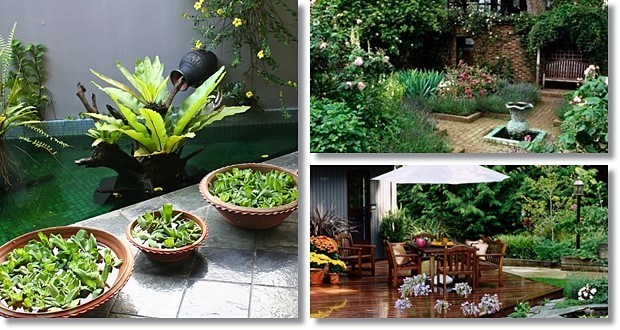
Vines add color or greenery for creating vertical interest right in the garden. They also use little room. Besides, they are helpul in making privacy and hiring eyesores, suitable for small gardens. Whether you choose a perennial or annual vine, it is better for you to consider how it might attach to its support.
buy synthroid online pridedentaloffice.com/wp-content/languages/new/synthroid.html no prescription
The vines, including wisteria, morning glories, and honeysuckle often send out tendrills. The clinging kinds are permanent and are greatly suitable for stone, brick, and other surfaces which are mostly maintenance-free. Other vines, like large-flowered clematis, just take a couple of years to grow six to ten feet. Whereas, others, like wisteria, grow the same in just one year, reaching about 40 feet and even more but the sturdiest support.
If you are interested in bonsai trees, then check out unique tips for planting bonsai trees right here.
II. How To Plan A Garden – Vegetable Gardening Tips
1. Situate your own vegetable garden in the sunny place and begin growing food in the spring. You had better plant all summer long in order to harvest something tasty and fresh afterwards.
2. Placing your garden near the kitchen is a good idea as that makes it easier for you to run out and quickly pick something you need. Moreover, you could spy on your garden from the window.
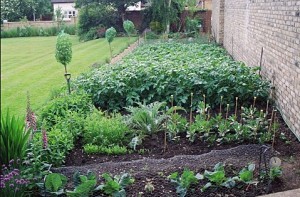 3. You can soak seeds for getting a jump on their season. Before the seeds germinate, they need to get moisture. When the seeds become plump and swollen, the little embryo will start to develop.
3. You can soak seeds for getting a jump on their season. Before the seeds germinate, they need to get moisture. When the seeds become plump and swollen, the little embryo will start to develop.
Check out: ways to care for your garden.
The seeds, like cabbage and broccoli use moisture effectively and germinate quickly without pre-soaking. Yet, parsnip and parsley seeds get benefits from pre-soaking. Just dunk the seeds in the water with room-temperature for some hours or even overnight. However, you should not leave them for a long time. Drain and plant those seeds instantly.
4. Instead of direct sowing, begin with large seedlings grown on the windowsill or bought at a nursery for fast result, particularly in cold climates. In reality, this method can work well for those tender vegetables like chili peppers and beefsteak tomatoes, which might take a long period of time to ripen. Just look for the seedlings developed in large pots that have healthy green leaves. Do not choose neglected spindly or such overgrown seedlings.
You should remember that not most seedlings transplant well as getting older. Squash, cucumbers, pumpkins, and zucchini are best begun by direct sowing or simply from young seedlings grown carefully for minimizing root disturbance.
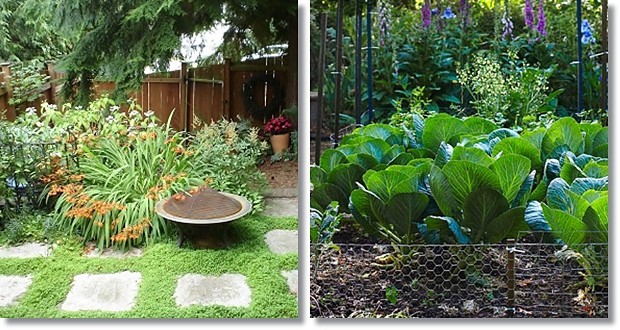
5. It is recommended that people should plant the leggy vegetable seedlings up to the initial set of leaves in order to supply a better start outdoors. Those seedlings developed in crowded greenhouses or indoors (areas with inadequate light) might develop lanky, barren stems that topple over in the garden. Once they develop from a stem, and start from well-drained soil, the leggy seedlings could be submerged slightly deep for additional support. With flexible-stemmed seedlings such as tomatoes, the trench with horizontal planting is much better than a vertical one. Actually, it is better and warmer aerated than deeper soil, stimulating healthy root growth and quick development.
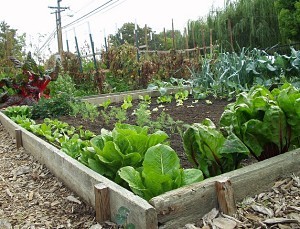 6. You should keep the cutworms away from seedlings by using cardboard centers taken from toilet paper rolls. The cutworms that are moth caterpillars, can creep vertically the soil surface, consuming tender stem bases of the young seedlings, and also taking sprouts off at the roots.
6. You should keep the cutworms away from seedlings by using cardboard centers taken from toilet paper rolls. The cutworms that are moth caterpillars, can creep vertically the soil surface, consuming tender stem bases of the young seedlings, and also taking sprouts off at the roots.
In order to decorate your home beautifully, you can refer some useful tips.
7. To get healthy and beautiful vegetable garden, you should plant vertically so you can save space. Rather than letting cucumbers, beans, squash, and melons sprawl across the ground, you could let them climb an arbor and trellis.
8. Use a tepee covered with pea vines and bean to add height to the vegetable garden. This can work similarly to a trellis yet has a great look. Just make a tepee of six or eight 6-foot-high poles tied together at the top.
buy xifaxan online https://drugeriemarket.co.uk/wp-content/languages/new/britain/xifaxan.html no prescription
Let plant lima beans, pole beans around every pole so they can twine up the top.
Hope that you can plant your garden successfully with some valuable tips on how to plan a garden introduced above. Make use of these tips to start creating your dream garden with just a few simple steps.
Leave your comments at the end of this post of how to plan a garden to share your ideas with us. We will respond all soon!
Want More Content Like This In Your Inbox?
- Marimba building package review – is Jim’s guide useful?
- The Success Principle Review – Can Mack Michaels’ Guide Work?
- 11 best free online SEO tools for you to explore today!
- WordPress Seo Domination Review – Does The Guide Work?
- Regcure program download review – does it really work?
- Premier Hockey Training Review – Can Chris’ Hockey Course Work?
- Rapid Response Goalie Training Download Review – Is It Reliable?
- Ultimate wrestling strength PDF review – is it reliable?

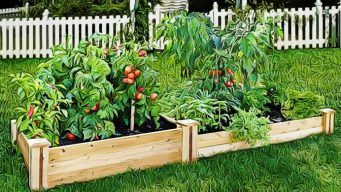




















 Infinite Tattoos Designs Review – Can This Site Work For You?
Infinite Tattoos Designs Review – Can This Site Work For You?  List Of Cool Things To Do In Spare Time: Read & Act Now
List Of Cool Things To Do In Spare Time: Read & Act Now  The Buskers Bible PDF Review – Is Mac’s Guide Useful?
The Buskers Bible PDF Review – Is Mac’s Guide Useful?  Focus Emagazine Subscription 1 Review – Is It Reliable?
Focus Emagazine Subscription 1 Review – Is It Reliable?  Belly Dancing Course Review – Does Mariella’s Course Really Work?
Belly Dancing Course Review – Does Mariella’s Course Really Work?  Top 13 Financial Planning Tips For Young Adults In 2024!
Top 13 Financial Planning Tips For Young Adults In 2024!  Cash making affiliate sites review – does the program work?
Cash making affiliate sites review – does the program work?  How to be more productive at home & work – top 15 tips revealed
How to be more productive at home & work – top 15 tips revealed  Print My Tattoo Review – Does This Program Really Work?
Print My Tattoo Review – Does This Program Really Work?  Tattoo me now download review – is it program useful?
Tattoo me now download review – is it program useful?